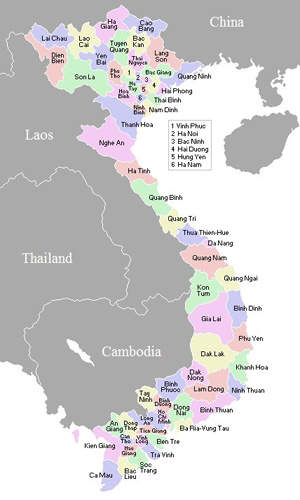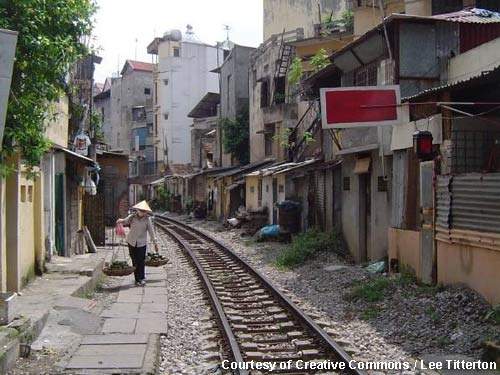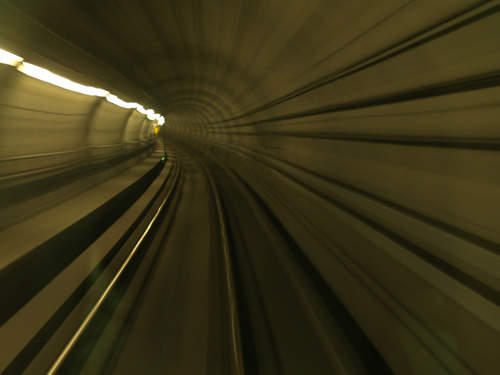Hanoi Urban Metro (Hanoi Metro) is a metro rail system that will be developed in Hanoi, Vietnam, by 2021. The project is part of an integrated development programme for urban transport in Hanoi, and will provide a safe, efficient and clean urban transportation system. It is the fourth-biggest project in Vietnam to utilise the Japanese Government’s official development assistance capital.
Hanoi is the capital of Vietnam and the country’s second-largest city, with a population of approximately six million people. Many trains, including services to Hai Phong and Ho Chi Minh City, depart from Hanoi station. The Union Express travels from Hanoi to Ho Chi Minh City, stopping at cities and towns along the route.
Commuters in Hanoi use motorbikes, buses, taxis and bicycles. The metro project is part of the Vietnam Ministry of Transport’s master plan, which aims to reduce the use of private transport and enhance the urban environment.
The metro system will have five routes. The main route, line 3, will be the first metro line in Hanoi. On completion, the route will provide transport to 200,000 passengers a day. It broke ground in September 2010 and is expected to become operational by 2021.
The entire project is being carried out by Hanoi Metropolitan Rail Transport Project Board (HRB), formerly known as the Hanoi Authority for Tram and Public Transport Development Management (HATD). Technical studies of the system were completed in 2009.
Hanoi metro project details
The feasibility study for a Hanoi metro pilot route / line was completed in October 2005 and design of the pilot line started in 2007. The pilot route will be an east-westbound line and connect 12 stations in the city between Hanoi station and Nhon depot.
The 12.5km pilot line will incorporate a 5.5km single track U-viaduct and a 4km twin tunnel structure. The system will include 9.6km of elevated and 2.9km of underground sections, and will use 20m metro trains top transport 900 passengers in a single trip. The trains will run at 80km/h, covering the entire route in 20 minutes.
International consulting engineers HRB and SYSTRA signed two contracts to construct the pilot line. Each contract is worth €36m, and the total cost of the pilot line is €500m.
SYSTRA will assist with the commissioning, launch and operation of the service and will supervise the construction and manufacture of rolling stock. It also provided design studies and assessed bids.
Alstom will provide an integrated metro system, including ten Metropolis train-sets, communication-based train control (CBTC) solution, power supply and depot equipment for the line 3 of Hanoi Metro.
The metro’s infrastructure will include a viaduct, an underground section, stations, a depot and rolling stock maintenance centre and power supply stations. The construction of line two began in 2012 and is expected to be operational in 2018.
Line routes
Hanoi Metro’s routes will include Nam Thang Long to Tran Hung Dao, Nhon to Hanoi station, Cat Linh to Ha Dong and Yen Vien to Ngoc Hoi.
The route connecting Nam Thang Long and Tran Hung Dao will be 11.54km long and serve ten stations. The line will include an 8.55km underground section.
The pilot line (line 3) between Nhon depot and Hanoi station will start at Nhon and travel to Cau Giay via National Highway 32, Ho Tung Mau and Xuan Thuy. It will also pass through Kim Ma, Nui Truc and Quoc Tu Giam.
The 13km-route connecting Cat Linh and Ha Dong will travel from Cat Linh to Thai Thinh via Hao Nam and Hoang Cau. From Thai Thinh the line will move towards National Highway 6, connecting Nga Tu So, Nguyen Trai, Tran Phu and Quang Trung.
Financing
The project is being coordinated and financed by several organisations, including the World Bank, the Asian Development Bank and the European Investment Bank.
The latter has granted a €173m loan to help fund the construction of line 3.
Part of the project is being financed by Agence Française de Développement (AFD). The money provided by AFD is being used to construct the pilot line’s infrastructure.
The project is being co-financed by bilateral overseas development assistance loans. They amount to €280m, of which €200m is tied and €80m is untied.





